DRIVE: a cornerstone of effective health informatics evolution management
May 2, 2023 | 5-minute read

Now that they’re several months into 2023, many Medicare Advantage plans are looking for tools to support the achievement of their patient and provider data-related information technology goals.
While some plans’ goals are focused on large-scale IT infrastructure transformation and others are centered on data analytics or interoperability, the projects supporting these goals all share a critical objective: they need to plan to avoid “last mile” technology implementation challenges that would prevent health data from being made accessible to the decision makers responsible for data-informed clinical quality and value-based care delivery.
As a leader who has been responsible for the data analytics strategies of several health plans and IT companies, I champion the DRIVE program management approach. This philosophy, in one form or another, has been used by high performing companies to ensure that the deployment phase of health IT projects is successful. The essential elements of the approach include:
Deliverables: mission critical tasks, and the people responsible for task completion, are clearly identified.
Reporting: regularly scheduled, short “stand-up” meetings are very effective in ensuring that resources are appropriately allocated, and emerging implementation roadblocks are overcome.
Interdependencies: Data analytics and IT projects in health plans always affect diverse, interdependent groups of end users. To ensure that implementation deployment proceeds according to plan, each functional area of the health plan should have an executive champion to provide strategic oversight, guidance and issue resolution authority.
Visibility: Progress against major milestones should be disseminated to key stakeholders. Simple “traffic light-style” dashboards easily provide status updates for milestones that are on track (green); at risk (amber); or behind (red.)
Engagement: Ongoing communication between stakeholders and executive champions supports informatics program deployment success. One tool used by many effective implementation managers is a post-deployment meeting of the core stakeholders. The purpose of this culminating “thorns and roses” meeting is to:





